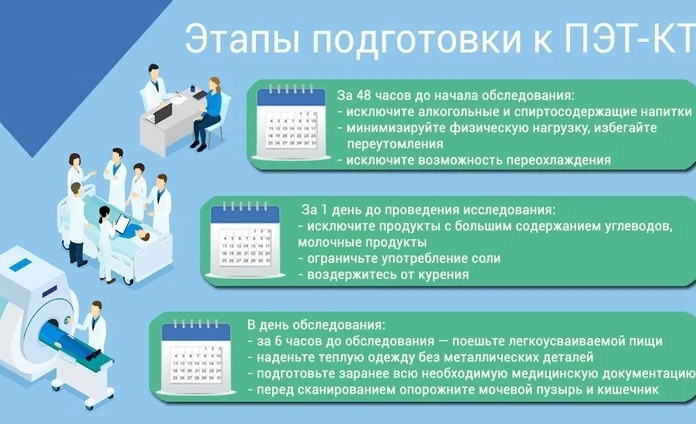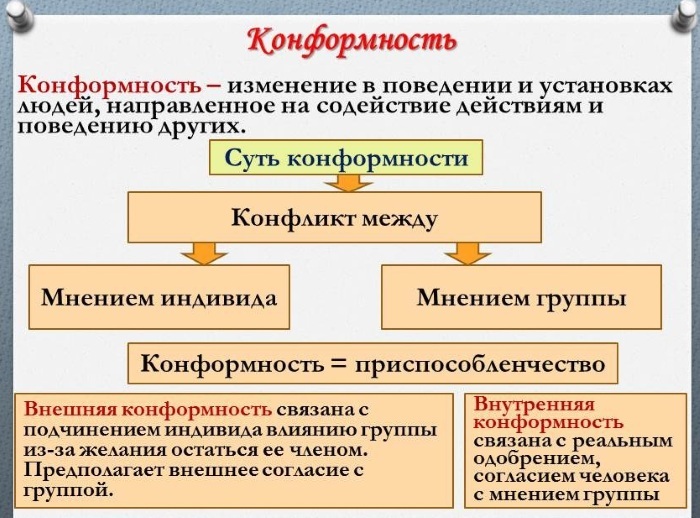In the initial stages, with disc protrusion (protrusion, without damaging the capsule) can be manual therapy and dispense medicines. Surgery for a hernia in the thoracic spine is performed only at squeezing the spinal cord, when a patient shows signs of paralysis of the limbs.

Anatomical features of the thoracic
12 thoracic vertebrae are interconnected by means of a sort of "shock absorber" - intervertebral disc. It is thanks to their flexible structure of our spine gets flexibility and strength.
By the vertebrae of the thoracic ribs are attached to form a rigid frame for the organs located in the chest area. This, combined with the lower height of the vertebrae and longer projections, due to the lower mobility of the spine in the thoracic part, and therefore less stress on it. Therefore, intervertebral hernia in this part of the spinal column does not occur so often.
Causes of
Causes of thoracic disc protrusion also does not deviate from the sheathe picture of causality:
- Osteochondrosis is almost always preceded by a hernia, which is its outcome
- The complex of all kinds of diseases: hereditary, congenital, destructive, infectious - all those who contribute to the destruction of the intervertebral disc
- Traumatic injuries leading to deformations of the disc, particularly when the compression Compression
- Vnutriobmennye violations, mineral and electrolyte imbalance
- Uneven load distribution on the thorax: dramatic weight lifting for failing to tilting or turning
- Low physical activity, leading to the gradual wear of the intervertebral disc: intervertebral hernia of the thoracic in this case is developing in a rather mature age: usually after 50 years.
Classification
The disease is classified into four stages:
- Stage 1 is characterized by small seals cartilage that shifts the drive. The main symptoms may be mild pain, general fatigue and discomfort during sudden movements.
- Stage 2 is characterized by dysfunction of metabolic processes in the nucleus pulposus, which entails tissue necrosis. This pathology causes cracks in the fibrous ring and leads to a narrowing of the intervertebral space. Pain and fatigue in the back are more pronounced and are localized in the affected area.
- In step 3 a partial or complete destruction of the anulus, which results in a significant shift of the vertebrae. Such a manifestation of the disease not only results in severe pain, but can cause paralysis of body parts, as well as to break the limbs sensitivity.
- On stage 4 there is a complete change and restructuring of the internal contents of the disc. Nucleus pulposus tissue replaced by fibrous, resulting in lower spinal column mobility. The so-called "ossification" does not allow to make the usual movement, and any careless impulse can cause severe pain. The symptoms of this stage are extensive as the affected areas are the few areas of the spine. At the fourth stage, a person may appoint a disability.

symptoms
Symptoms of a hernia in the thoracic spine depend on the order in which segment of the spine disc prolapse occurred.
- Lower. Localized pain in the lower back (on the blades and below), and chest and upper abdomen, thus simulating kidney infection or gastric ulcer. Also, pain can disrupt the act of breathing, causing shortness of breath.
- Average. Present symptoms of intercostal neuralgia: girdle pains in the chest, worse when coughing, sneezing, body bends, deep breaths. Neurological symptoms are not pronounced.
- Upper. Pain localized in the upper back and between the shoulder blades. Also, pain may occur in the chest; if they are present in the left half of it, they can simulate heart disease (primarily angina) Neurological symptoms: paresthesias (tingling, pins and needles, etc.) and numbness. hands.
Pain in any part of the voltage can cause the back muscles. If the fallen disc affects not only the spinal roots, but also the brain, it may cause weakness and numbness in the legs, irregularities in the bladder and rectum. In severe cases, paralysis of the body may occur below the level of disc herniation.
Diagnostics
Upon detection of symptoms similar to the presence of hernia is necessary to seek professional help and get tested.
- Research on magnetic resonance imaging can provide a complete and detailed picture of the spine problems. The device will present a snapshot in any plane. He can make cuts with a small step, if you want to refine and expand the survey area. Among the important advantages of this method - it has no harmful radiation.
- Rarely used to study the problem of computer diagnostics. It can show what the situation in the surveyed area, but will have to use a contrast agent. This situation creates a certain degree an opportunity for patient complications.
- Myelography - see the area method of a pathological process by introducing the radiopaque agent into the epidural space of the spinal column. In conjunction with the CT is used as an alternative if MRI is contraindicated.
differential diagnosis
It is important to distinguish the symptoms of a hernia in the thoracic spine from unrelated to her illness. In medical terms it is called a differential diagnosis:
- Pathologies of the spine: osteoporosis, tuberculosis, oncology. Symptoms of these diseases are very similar to the symptoms of a hernia, so do not do without the help of a qualified neurologist.
- Shingles. From herniated zoster is characterized by a rash in the intercostal spaces, as well as general-infectious symptoms: fever, headache, weakness.
- Pulmonary disease (pleurisy, tuberculosis, pneumonia). All possible ambiguities doctor eliminates using lung X-ray.
- Cholecystitis (inflammation of the gallbladder). When there is no connection hernia symptoms with eating.
- Pyelonephritis (kidney infection disease). spinal hernia distinguished by the absence of characteristic changes in blood and urine tests.
- Gastric ulcer and duodenal ulcer. Pain at the ulcer reduced when food intake, and an ulcer is visible during gastroscopy (examination of the stomach optical device).
- Angina. Pain in the spine hernias are not related to physical activity, independent of the position of the body, not cropped nitroglycerin. There are no characteristic changes in the electrocardiogram and echocardiogram (ultrasound of the heart).

How to treat a hernia?
To cure a hernia disc in the thoracic spine, it is necessary to use a set of methods. They are conservative and surgical tools that are used, taking into account the stage of disease, severity of symptoms and the patient's condition.
medication
The goal of medical treatment is to eliminate the inflammation, pain relief and other symptoms, regeneration of bone and cartilage, normalization of exchange processes, blood circulation and innervation reactions restoring muscle tone. The following groups of drugs are used for complex treatment:
- Muscle relaxants: Mydocalm, Liorezal - decreased muscle tone and stress on the intervertebral disc, pain relief, and aid in tissue regeneration. therapy - about 30 days.
- Chondroprotectors: arthritis, Elbona, Glucosamine - cartilage restoration and stop the process of destruction. The course of treatment - 8-50 days.
- Non-steroidal anti-inflammatory drugs such as: Celecoxib, piroxicam, Pyatirchatka - pain relief and elimination of inflammatory reactions. receiving rate is from 6-7 to 25-30 days depending on the extent of damage.
- Biological stimulants: FiBS, Plazmol - designed to enhance metabolism, stimulation of regenerative processes.
- Corticosteroids: metipred, Belosalik - have decongestants, anti-inflammatory and analgesic effect, normalize metabolic processes.
Conservative treatment of herniated thoracic based on medical treatment, but its effectiveness significantly improve physiotherapy activities. The most widely used electrophoresis and thermal therapy with applications. Widespread use of such procedures is provided as acupuncture, massage therapy, exercise therapy.

manual therapy
When the slack back pain adults should seek help vertebrology. In the acute phase it is impossible to treat the disease, as this leads to further pinched nerves. Manual therapy is designed to relieve muscle spasm, improving blood supply to the cartilage, ligaments. As a result, the intervertebral disc is filled with liquid, increase its cushioning properties. Chiropractor conducts a session of treatment in this order:
- The patient lies on his stomach, turning its head to the side.
- The skin is irrigated special moisturizer.
- Light, smooth movements of palms, a doctor performs massage paravertebral muscles. The duration of 7-10 minutes.
- Then thumbs specialist presses the paravertebral point for 10 seconds each. This stimulates blood circulation around the nerve roots.
- In conclusion, lightly pat the skin back, increasing blood circulation and sensitivity in this area.
One should not forget about the massage of the lower extremities. It is important that the doctor does not directly massaging the spine. So do not be, because it can enhance the pain, increase the size of the hernia. treatment from a chiropractor is 10-15 sessions, which are conducted through the day. Morning exercise is required, in addition to massage, while strengthening the back muscles, ligaments strengthened.
Exercises of the thoracic spine hernia
thoracic spine hernia successfully treated with physiotherapy exercises. For each patient, the physician selects the exercise individually. Therapeutic exercise is administered after pain relief. Doing the exercises, you should listen to the pain and increase the number of repetitions gradually. The purpose of training is to stimulate good mobility of the vertebrae and allowing a deep breath.
For a simple but effective exercises include:
- Lie on your back, put under the back cushion with a diameter of 10-15 cm in the chest area. Lay hands on his knees and arch to reach the floor head - inhale, return to its original position - exhale. Move the roller along the back, doing exercises 3-4 times in each position.
- Lying on his back, turn on the roller to the left or right side and rolled down the back, which turned. Repeat 3-4 times on each side.
There are many types of therapeutic exercises. They are appointed by the doctor for each patient. All exercises are performed with no load on the press, which can lead to the displacement of the disc. Prohibited jogging, jumping and jumps - they give a greater load on the spine.

Massage
Among conservative methods can not forget about the massage. It helps to improve blood circulation problem area, reduce pain and prepare the muscles for gymnastic exercises. Manual therapy is also important in the treatment of hernia, but it must be used cautiously.
Physiotherapy
Application of methods of physical action helps to achieve a more pronounced treatment effect. The procedures shown in the period of aggravation, to reduce pain and inflammation in the nerve root. You can recommend such physiotherapy equipment:
- Electrophoresis.
- Magnetic therapy.
- Laser treatment.
- Wave therapy.
- Reflexology
- Balneotherapy.
Complex procedures, appropriate individual patient, the physiotherapist is selected taking into account the recommendations of trauma.
Surgery
Neurosurgeon determines the need for surgery in the case where there is compression of the spinal cord hernia or nerve root neurological disorders are growing quickly or there is no effect of conservative therapy.
In this case, a surgical treatment of a decompression in which the choking is released nerve root or spinal cord. This operation is abdominal. To gain access to the intervertebral discs, the surgeon makes an incision through the chest from the front or rear and side. There is a minimally invasive technique.
If when the first symptoms or the presence of the causes of hernia to see a specialist to be diagnosed with specific sequence of courses receive comprehensive treatment, it is possible to prevent exacerbations and complications of pathology.



